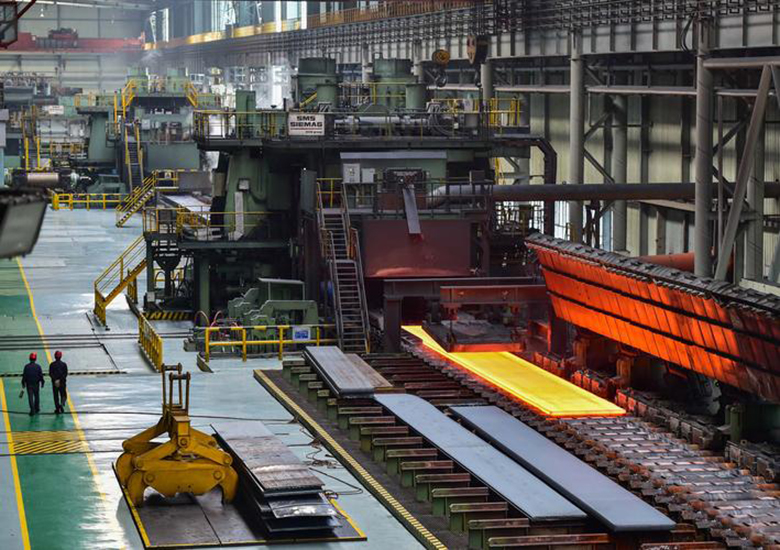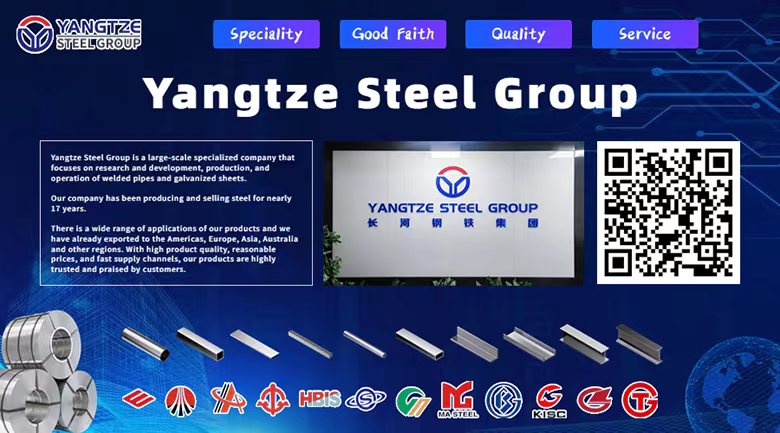Hot rolling and cold rolling of steel
In the production of steel, hot rolling and cold rolling are the two main processing technologies. They have their own characteristics and are suitable for different application scenarios.
Features | Hot rolling | Cold rolling |
Definition | Rolling at high temperature | Rolling at room temperature |
Processing | Heating the steel billet → rolling into shape | Cold working directly on hot rolled products |
Advantages | low cost | High dimensional accuracy |
Disadvantages | Large dimensional tolerances | High cost and prone to cracks |
Application Areas | Construction, bridges, railways, machinery manufacturing | Thin steel plates, automotive parts, home appliance housings |
Hot-rolled steel is suitable for applications with large sizes and complex shapes, such as construction and heavy machinery. Due to deformation at high temperatures, its toughness and plasticity are good, but the surface is rough and the dimensional accuracy is low.

The cold rolling process is suitable for products with high surface quality and dimensional accuracy. Processed at room temperature, cold-rolled products have high strength and hardness, smooth surface, and are suitable for subsequent processing. However, cold rolling is costly and prone to cracking.









